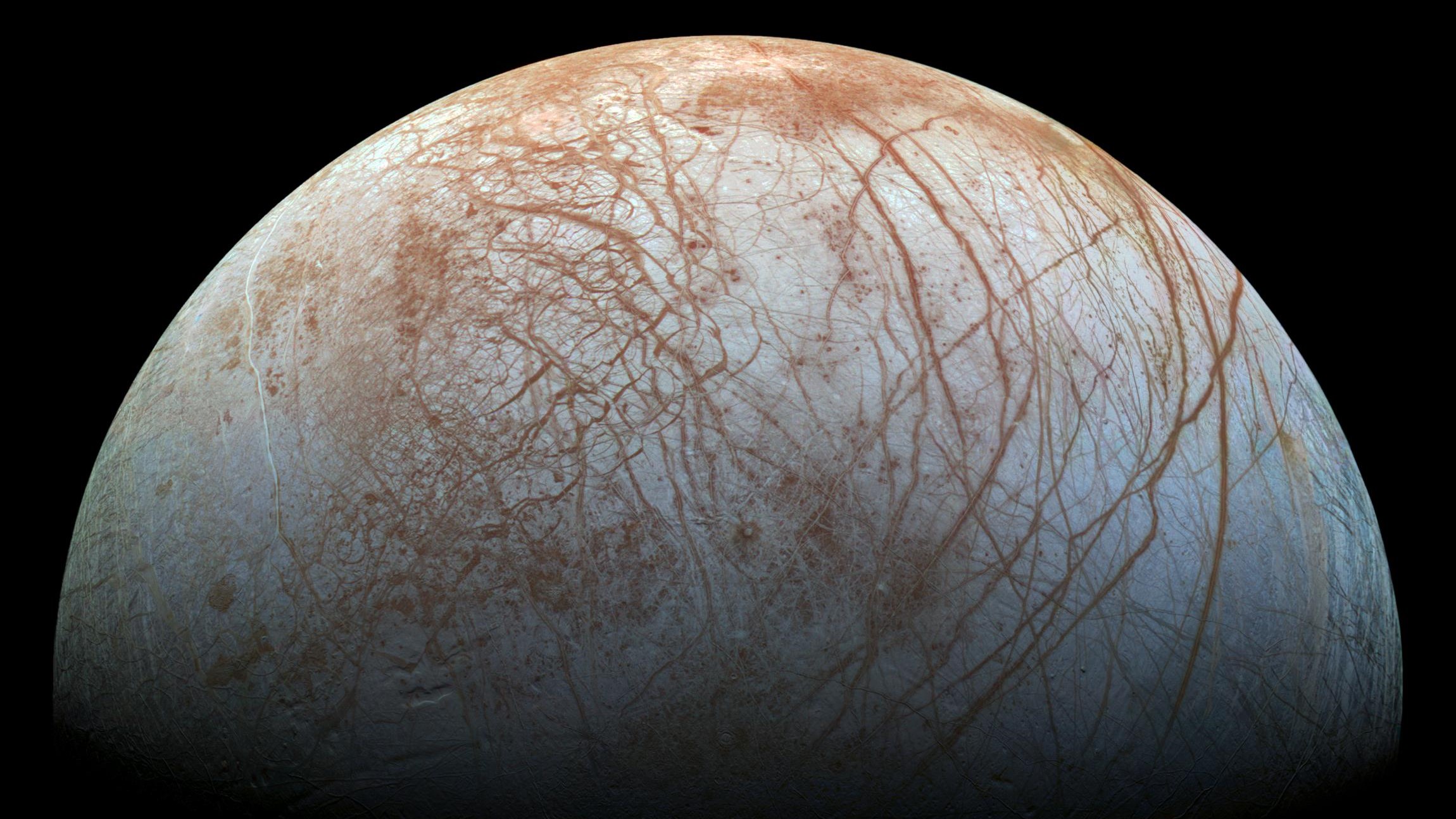NASA funds nuclear probes for icy moons, huge new space telescopes and other far-out tech ideas
Each of the 14 funded NIAC Phase 1 proposals will receive $175,000.

NASA has funded a new set of visionary concepts for space exploration that could one day prove useful — and perhaps even transformative.
The NASA Innovative Advanced Concepts (NIAC) program provides funding for early-stage studies into technologies that could support future missions. NIAC grants worth $175,000 apiece will be given to 14 researchers who are probing the boundaries of what is possible to allow NASA to evaluate potential new technologies, the agency announced earlier this month.
This year's Phase 1 NIAC selections include ideas for space telescopes, such as a new kind of observatory comprised of thousands of identical small satellites using the concept of interferometry, and another using fluidic shaping in microgravity to create a 164-foot-wide (50 meters) unsegmented mirror for a new generation of space telescopes. Another telescope concept seeks to be able to resolve Earth-like planets orbiting sun-like stars within 10 parsecs (32.6 light-years) of Earth.
Related: NASA and DARPA will build a nuclear rocket by 2027
Pellet-beam propulsion and nuclear engine concepts will be investigated for possible application to space transportation. A flying boat for exploring Saturn's huge moon Titan and a hybrid fusion fast fission nuclear reactor for accessing ocean-harboring icy moons such as Jupiter's Europa are also among the newly funded concepts.
"NASA dares to make the impossible possible. That's only achievable because of the innovators, thinkers and doers who are helping us imagine and prepare for the future of space exploration," NASA Administrator Bill Nelson said in a statement released by the agency on Jan. 9.
"The NIAC program helps give these forward-thinking scientists and engineers the tools and support they need to spur technology that will enable future NASA missions," Nelson said.
Get the Space.com Newsletter
Breaking space news, the latest updates on rocket launches, skywatching events and more!
The full list of ideas and their principal investigators chosen for Phase 1 NIAC 2023 grants is below:
- Fluidic Telescope: Enabling the Next Generation of Large Space Observatories (Edward Balaban, NASA's Ames Research Center in California's Silicon Valley)
- Photophoretic Propulsion Enabling Mesosphere Exploration (Igor Bargatin, University of Pennsylvania in Philadelphia)
- Accessing Icy World Oceans Using Lattice Confinement Fusion Fast Fission (Theresa Benyo, NASA's Glenn Research Center in Cleveland)
- Bend-Forming of Large Electrostatically Actuated Space Structures (Zachary Cordero, MIT)
- Lunar South Pole Oxygen Pipeline (Peter Curreri, Lunar Resources, Inc. in Houston)
- Pellet-Beam Propulsion for Breakthrough Space Exploration (Artur Davoyan, University of California, Los Angeles)
- New Class of Bimodal Nuclear Thermal/Electric Propulsion with a Wave Rotor Topping Cycle Enabling Fast Transit to Mars (Ryan Gosse, University of Florida, Gainesville)
- Biomineralization-Enabled Self-Growing Building Blocks for Habitat Outfitting on Mars (Congrui Jin, University of Nebraska, Lincoln)
- Great Observatory for Long Wavelengths (Mary Knapp, MIT)
- TitanAir: Leading-Edge Liquid Collection to Enable Cutting-Edge Science (Quinn Morley, Planet Enterprises in Gig Harbor, Washington)
- EmberCore Flashlight: Long Distance Lunar Characterization with Intense Passive X- and Gamma ray Source (Christopher Morrison, Ultra Safe Nuclear Corporation – Space, in Seattle)
- Diffractive Interfero Coronagraph Exoplanet Resolver: Detecting and Characterizing all Earth-like Exoplanets Orbiting Sun-like Stars within 10 Parsecs (Heidi Newberg, Rensselaer Polytechnic Institute in Troy, New York)
- Radioisotope Thermoradiative Cell Power Generator (Stephen Polly, Rochester Institute of Technology in Rochester, New York)
- Aerogel Core Fission Fragment Rocket Engine (Ryan Weed, Positron Dynamics in Seattle)
The NIAC program started in 2011 and is funded by NASA's Space Technology Mission Directorate.
Follow us @Spacedotcom, or on Facebook and Instagram.
Join our Space Forums to keep talking space on the latest missions, night sky and more! And if you have a news tip, correction or comment, let us know at: community@space.com.

Andrew is a freelance space journalist with a focus on reporting on China's rapidly growing space sector. He began writing for Space.com in 2019 and writes for SpaceNews, IEEE Spectrum, National Geographic, Sky & Telescope, New Scientist and others. Andrew first caught the space bug when, as a youngster, he saw Voyager images of other worlds in our solar system for the first time. Away from space, Andrew enjoys trail running in the forests of Finland. You can follow him on Twitter @AJ_FI.









